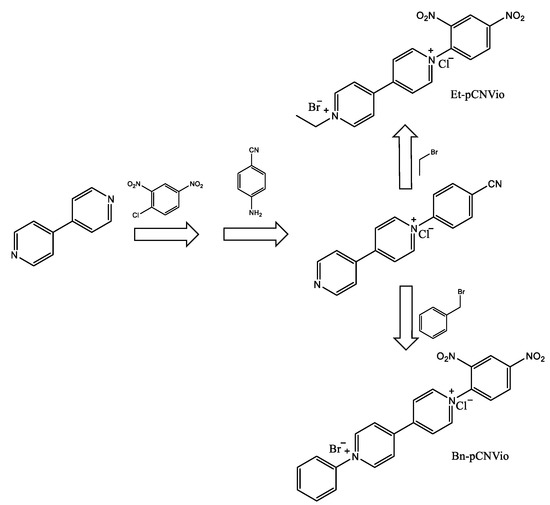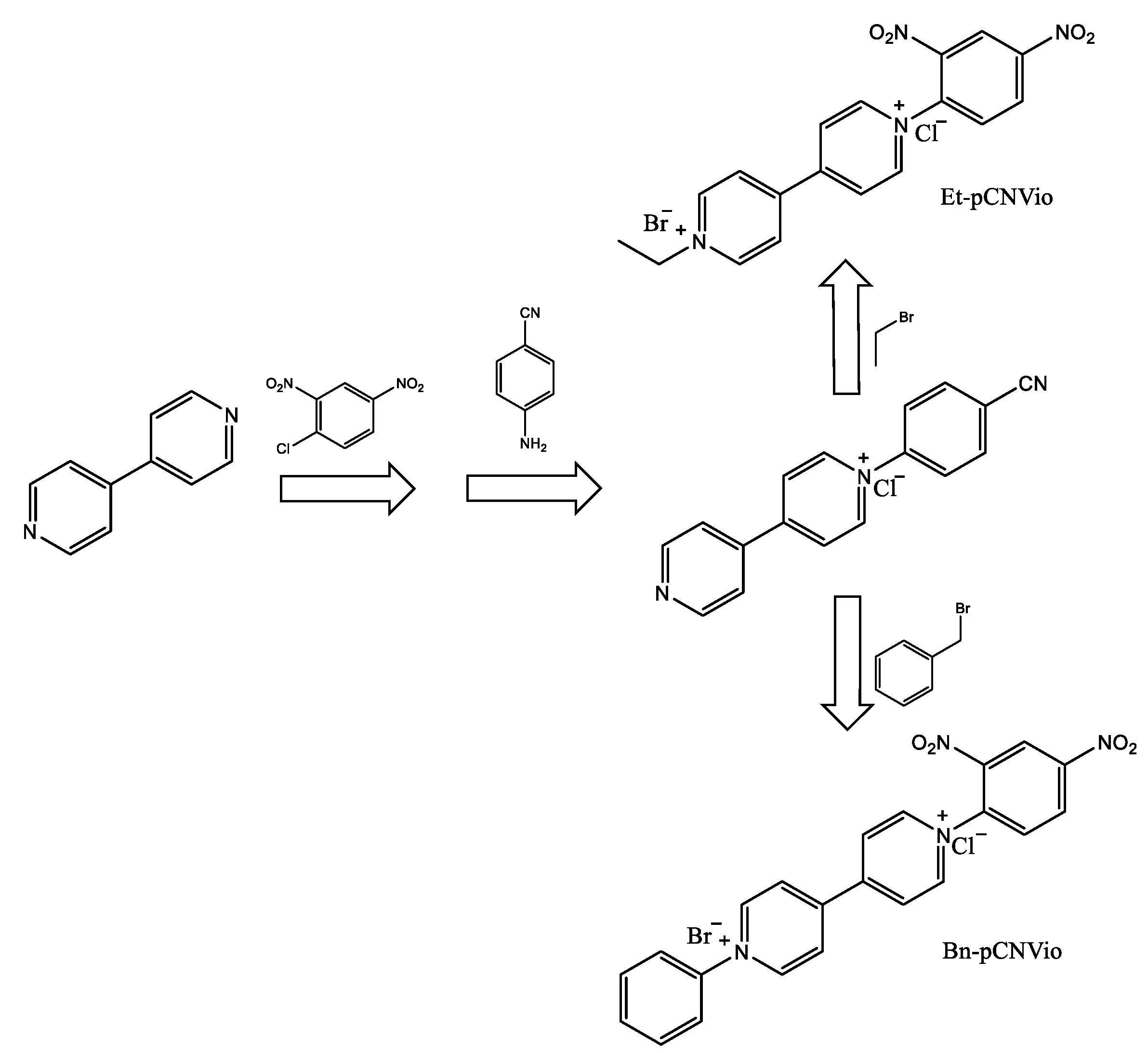You're using an outdated browser. Please upgrade to a modern browser for the best experience.
Please note this is a comparison between Version 1 by José Sánchez-Fernández and Version 2 by Camila Xu.
Photosensitive supramolecular systems have garnered attention due to their potential to catalyze highly specific tasks through structural changes triggered by a light stimulus. The tunability of their chemical structure and charge transfer properties provides opportunities for designing and developing smart materials for multidisciplinary applications. Photoswitchable systems designed to catalyze chemical reactions must incorporate the appropriate photochromic units into the system to translate the structural switching states into a different chemical reactivity.
- photoresponsive
- supramolecular structures
- photoswitchable systems
1. Introduction
Nanoscience and its related fields have the potential to lead humanity to the understanding and mastery of learning the highly efficient design principles found in nature to resolve a plethora of current technological challenges. Stimuli-responsive materials have attracted significant attention in material science. In response to external stimuli, they can undergo substantial micro- or nano-scale changes with exquisite spatial and temporal control, thus they are considered “smart materials”. The stimuli disturbing these materials are of a different nature. Among the most studied are those with a chemical nature, such as pH [1], ionic solvent [2], and chemical agents [3], and others with a physical nature, such as temperature, mechanical force, light [4][5][4,5], and electric or magnetic fields [6]. However, biochemical stimuli are also frequently applied [7]. The wide practical application of smart materials involves sensing, drug delivery, additive manufacturing, and photochromic devices [8].
Light is a worthy ubiquitous stimulus whose intensity and wavelength can be easily controlled according to application requirements. The light-triggered response of a photosensitive system may be reversible or not. However, it has been proved that the reversible responses allow the system to shift, commonly between two states that provide a way to switch the system on or off and hence to catalyze and control a reaction. Most of the reversible photo-induced reactions are described by the photochromism phenomenon. This involves a reversible toggling between two isomers of the photochromic molecule, i.e., reversible photoisomerization [9][10][9,10]. Similar to other photochemical reactions, photochromism corresponds to an equilibrium state; thus, the product does not appear as a separate phase but results as distinguishable due to the reversibility attribute. Each of the two states exhibits a characteristic absorption spectrum that results from electromagnetic radiation in at least one direction.
Azobenzene is a well-studied photochromic unit that governs the photoisomerization processes reported in the literature. It is a T-type of a photochrome that shows the capability of going from an E(trans) to a Z(cis) conformation when being irradiated with ultraviolet (UV) light, which exerts structural stresses on the molecule [11][12][11,12]. Some of the structural changes imply modifications in bonding angles, dipole moments, and even conjugation properties [13]. Moieties such as azobenzenes have commonly enabled highly efficient transformations in the forward and reverse directions by altering their steric and electronic properties [14].
Photoswitchable systems designed to catalyze chemical reactions must incorporate the appropriate photochromic units into the system to translate the structural switching states into a different chemical reactivity [9]. Therefore, one must optimize the intrinsic switching properties of the photochrome in a photoisomerization process to attend to a specific target task by activating or deactivating an initial material, the product, or a dye mediator [15][16][15,16]. The vast majority of the photoswitchable systems fall into one of the following categories, which will be discussed later: metal–organic cages (MOCs), metal–organic frameworks, or hydrogen-bonded organic frameworks (HOFs).
Metal–ligand interactions have been exploited for the construction of photoswitchable cages and frameworks. The coordination of organic ligands to metal ions gives rise to well-defined cavities that confer functional properties to modulate reactions in a very similar fashion to enzymes. On the other hand, hydrogen bonding is a donor–acceptor interaction specifically involving hydrogen atoms interacting with an acceptor carrying nonbonding electron lone pairs. Hydrogen bonding is an essential component of the structure and function of biological molecules since they highly influence molecular packing and solvation, and even alter conformation. They can serve as molecular interactions that control and stabilize the supramolecular organization through self-assembly, thus directly impacting functionality aspects [10]. A key factor in the formation of hierarchical structures with asymmetrical and/or anisotropic organization emerges in nanoarchitectonics-based material constructions, such as in most biological functional systems or bio-like highly functional materials, which are fundamental for creating rational flows of energy and efficient photocatalysts [17][18][17,18].
2. Supramolecular Structures with Photoresponsive Units
Substantial advances in materials science would not have been possible without the application and understanding of chemistry. The impact of chemistry greatly agglutinates to the transformation and control of the use of electromagnetism on photoreactions and photochromism phenomena, creating countless possibilities for developing new photoswitchable systems. The coupling of photosensitive systems to nanoparticles is a convenient route for the design of specialized materials. It is well known that most of the relevant properties of nanoparticles depend on their size and morphology. For example, for nanomedicine applications, particles must have dimensions of 10–100 nm for optimum circulation in the bloodstream and to avoid renal and lymphatic clearance. In this regard, Manners and co-workers explored the possibilities of creating π conjugated polymer nanoparticles sensitive to light and focused on self-assembly methods [19][21]. The reported strategies conceptualize a photoresponsive, spiropyran-coated, nanostructured surface that enables the highly efficient release of cancer cells [20][22]. Great progress in the photoresponsive system for in vivo application might be achieved by exploring the self-illuminating induced photocleavage of linkers based on abnormal disease microenvironments [21][23]. In the quest to attain the best performance of carbazole moieties in carbazole-based copolymers (CPs) in organic field-effect transistor (OFET) memory devices, a highly valued aspect is the search for the best possible conjugation state. The electronic polarization of the carbazole ring enhances the dipole−dipole interactions [22][24]. The researchtudy of the structure−property relationship of the carbazole-based copolymers has shown the relation of the donor−acceptor system with the modulation of the performance of photoresponsive OFET memory devices [23][25]. In response to these findings, Ono et al. postulated the integration of chiral moieties into carbazole-cored molecules to enhance the photosensitive material properties [24][26]. Experiments with various donor–acceptor-type CPs such as poly(1,8-carbazole)-benzothiadiazole copolymer (PCzBT) and a poly(1,8-carbazole)-dithienylbenzothiadiazole copolymer (PCzDTBT) with high photostability as well as diameters as small as 3.0–4.5 nm were described by Piwonski et al. [25][27]. Under the optimal biological regulatory mechanisms, a variety of reversible assembly/disassembly strategies for targeting switchable photocatalytic systems may be successfully extended for supramolecular designs that can facilitate nonparallel stacking of electron-donor (D) and electron-acceptor (A) moieties in constructing indistinguishable photoredox catalytic systems [26][27][28,29]. The phenomenon of an intramolecular charge-transfer interaction between an electron-rich carbazole fragment and an electron-deficient iminium double bond leads to a broad absorption in the visible spectrum. A charge transfer complex can be irradiated to trigger a single electron transfer process from the carbazole to the iminium ion, developing a chiral radical intermediate [26][28]. Biomimetics may be combined with engineering techniques to create bioengineered materials against bacterial infections. An interesting approach is the conjugation of molecules or proteins to natural or semisynthetic polymers, developing bioengineered polymer–drug conjugates [28][30]. In the same line, several of the architectonic characteristics of biomolecules, in particular nucleic acids, proteins, and sugars, that use diverse chemical interactions to form well-defined architectures with distinctive functions have a clear advantage because of their self-assembling properties [29][31]. The importance of self-assemble colloidal crystals requires a deeper scientific understanding of ligand–particle and particle–fluid interactions at multiple scales and governed by various conditions according to their nature [30][32]. Photoactive molecules such as viologenic compounds can be found within organic electrochromic materials in different states. The three common redox forms of viologens are the usually colorless di-cation, the highly colored radical cation, and the di-reduced (neutral) form. The electrochromic properties of the viologen systems can be modulated by varying the molecular structure by changing the substituents on the nitrogen atom and by changing their environment (electrolytic media). Electrochromic (EC) gels based on single asymmetric viologens provide a more neutral-colored state than their corresponding symmetric viologens while maintaining a satisfactory colorless, bleached state and optical contrasts. The researcheuthors of such findings worked with two asymmetrically 1-alkyl-1′-aryl-substituted viologens, specifically 1-ethyl-1′-(p-cyanophenyl)-4,4′-bipyridinium dibromide (Et-pCNVio) and 1-benzyl-1′-(p-cyanophenyl)-4,4′-bipyridinium dibromide (Bn-pCNVio). Electrochromic devices (ECDs) based on alkyl substituents show violet coloration, while viologens with aryl groups demonstrate green coloration for their first reduced form [31][33]. The synthetic route successfully followed the reactions shown in Scheme 1.

Scheme 1.
Synthesis route to obtain the asymmetric viologens Et
p
CNVio and Bn-
